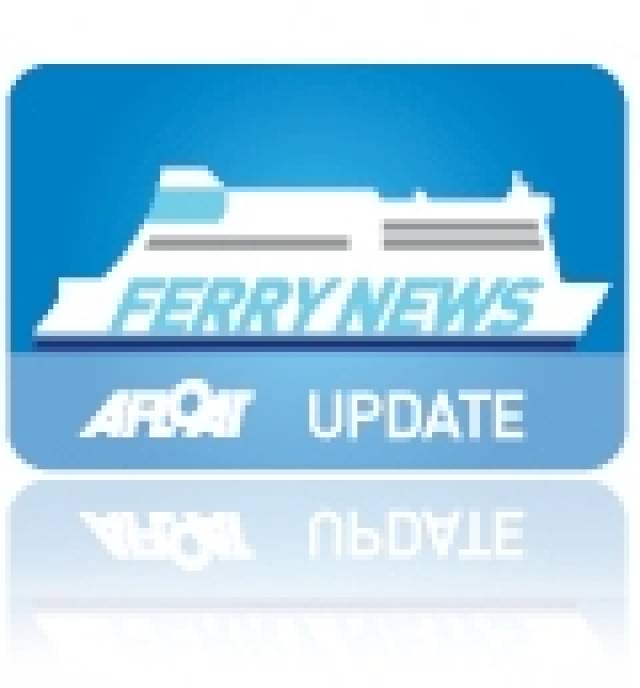#ICGinterimStatement – Shipping, transport and leisure operator, Irish Continental Group (ICG) has issued this interim management statement which covers carryings from 1 January to 9 May 2015 and financial information for the first four months of the year, i.e. 1 January to 30 April.
It should be noted that ICG's business is significantly weighted towards the second half of the year when normally a higher proportion of the Group's operating profit is generated than in the first six months.
In the period to 9 May 2015, Irish Ferries carried 94,800 cars, an increase of 8% on the previous year. Total passenger volumes increased by 3% compared to the previous year to 418,600.
In the Roll on Roll off freight market, Irish Ferries carried 91,800 units, an increase of 11% compared with the same period in 2014.
Container freight volumes shipped were down 1% on the previous year at 100,000 teu (twenty foot equivalent units), while units handled at our terminals in Dublin and Belfast increased 3% year on year, over the same period to 67,400 lifts.
In the first four months of the year, Group revenue rose 7.3% to €85.1 million, compared with €79.3 million in the same period last year. Operating costs (before depreciation & amortisation) were 1.6% lower at €74.8 million, versus €76.0 million the previous year, mainly reflecting the lower cost of fuel. Earnings before interest, tax, depreciation and amortisation (EBITDA) was €10.3 million compared with €3.3 million in the same period in 2014. The operating profit (before interest) was €4.4 million compared with an operating loss of €2.3 million in 2014. Net debt at the end of April was €45.5 million compared with €61.3 million at 31 December 2014.
Following the completion of an extensive tender process by Belfast Harbour Commissioners, ICG announces that it has been awarded the Services Concession for the operation of a combined container terminal at Victoria Terminal 3 (VT3) in Belfast Harbour. The agreement is for a period of 5 years with a further 3 year option. This will involve the consolidation of the two existing container terminals in Belfast (one of which, BCT, is operated by ICG) into one location at VT3. The process of consolidating the volume of both terminals, which will involve some once off costs, will commence shortly.
Interim Managment Statement
Volumes (Year to date, 9 May 2015)
Change
Passengers: 418,600 +3%
Cars: 94,800 +8%
RoRo Freight: 91,800 +11%
Container Freight: (TEU) 100,000 -1%
Terminal Lifts: 67,400 +3%
Note: The comparative financial information has been restated to the 30 April 2014 which is on the same basis as the current year. In the previous year the financial information disclosed in the interim management statement for the first four months of the year was up to the 26 April 2014.
































































